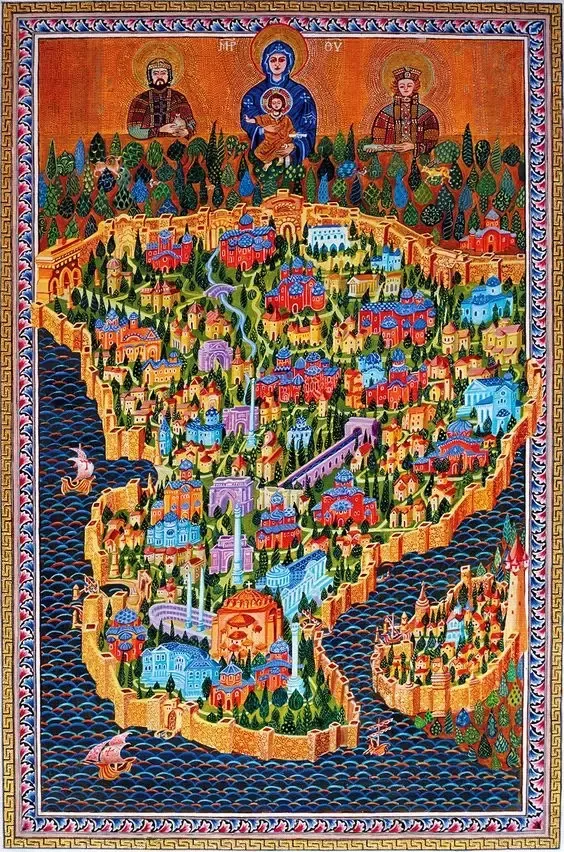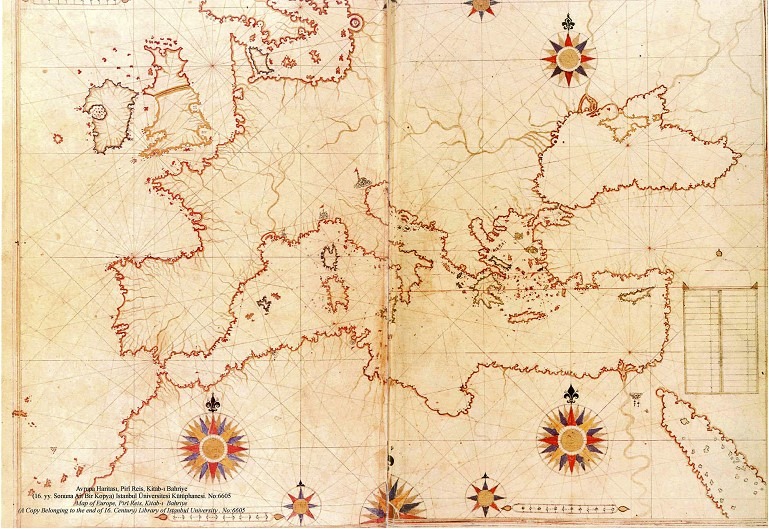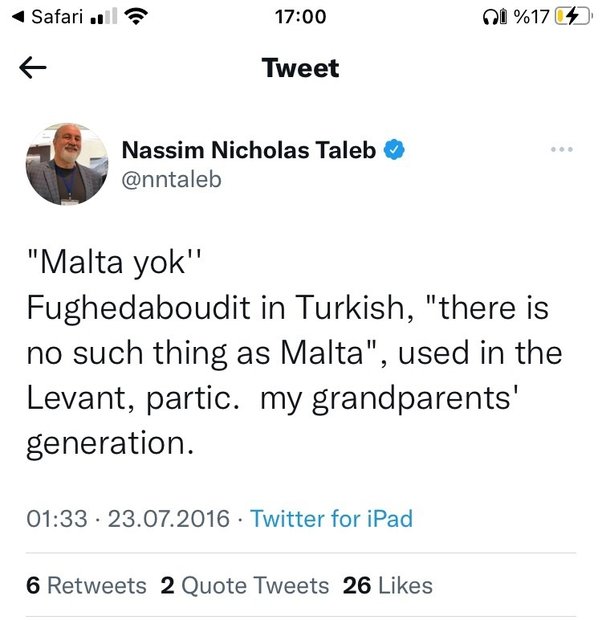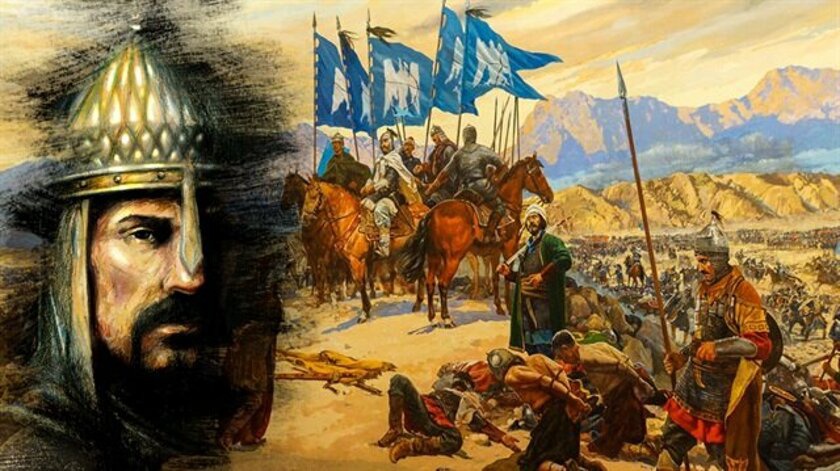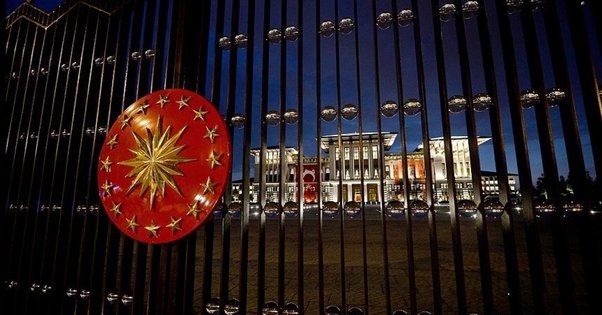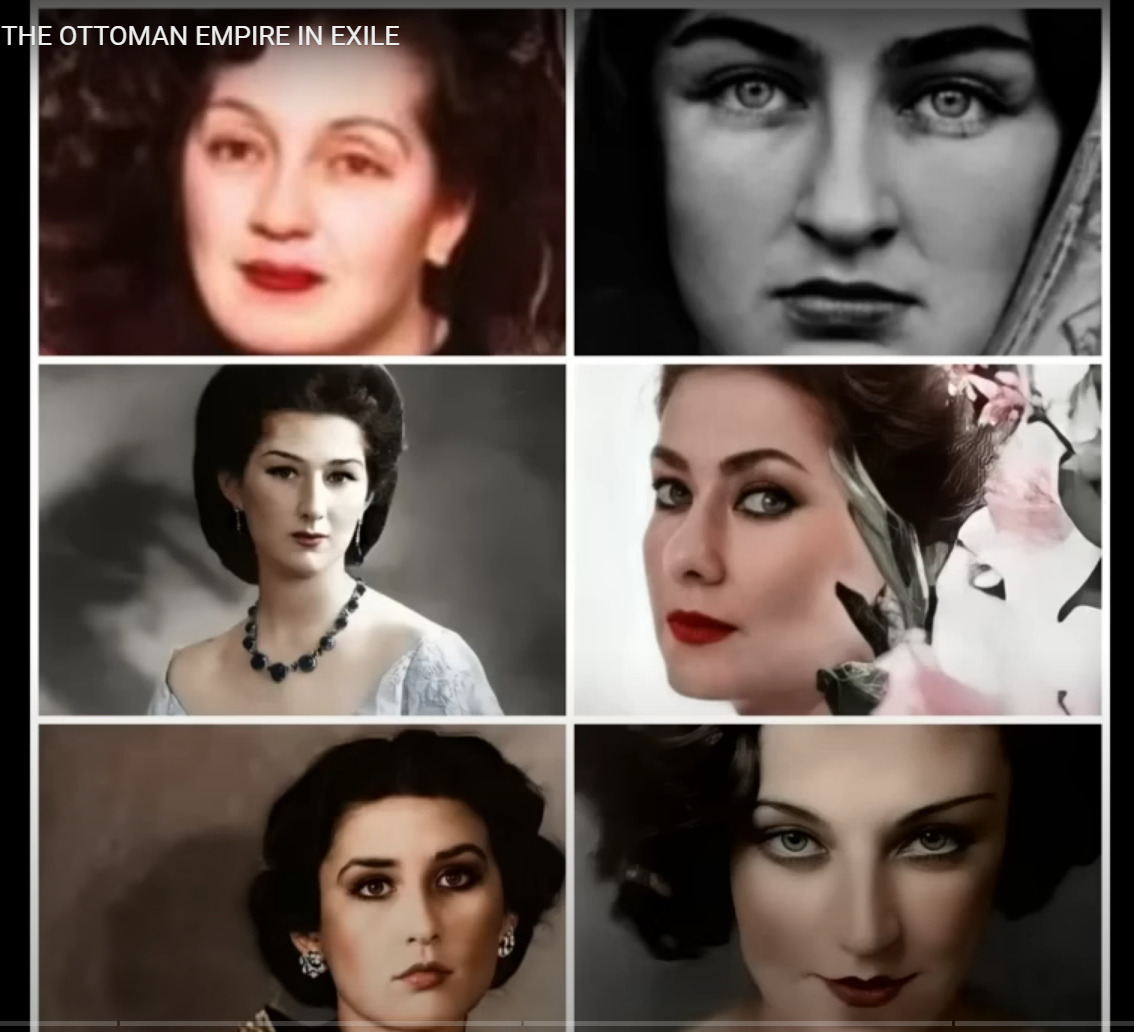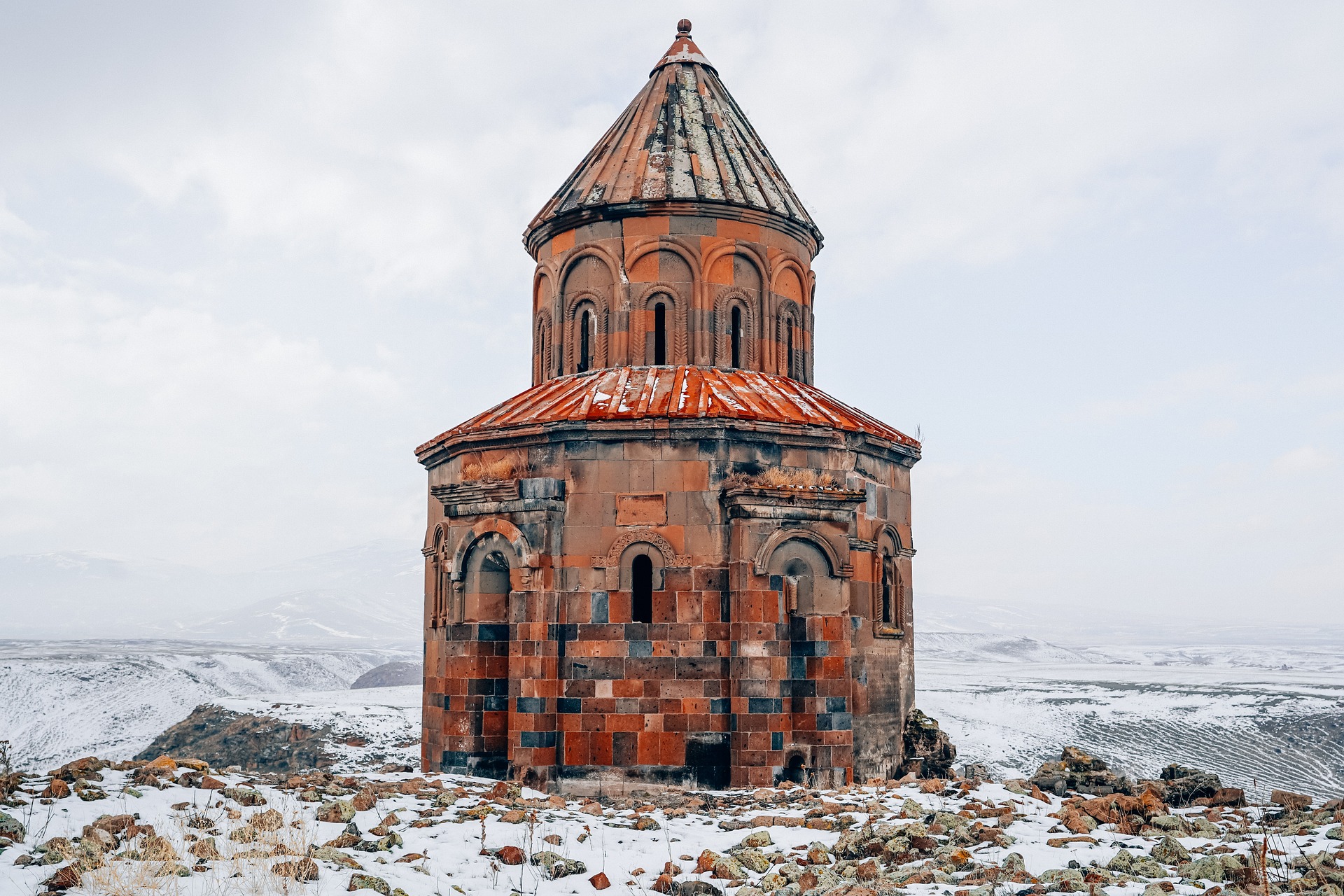The answer to this question comes from Dimitris Almyrantis on Quora:
Yes; but forget the Romans you know. The Ottomans didn’t have the option of seeing Rome through a squeaky clean, faux Latinate veneer, pedantically accurate academic writing, or ripped centurions with a British accent. For the Ottomans, Rome was all they had to compare themselves with; the land they were treading was Roman soil, the peoples they alternately fought and married were Roman peoples, and their ceremonial was in the Rumi style. Their own empire was geographically made up of the ‘Roman and Persian and Arab lands’, and on a personal level all their lives were spent within the first third.
In the most practical sense, for the Ottomans Rome wasn’t part of history but of modernity, a viscerally tribal as well as a cultural reality. The only proper translation in our speech would be to speak of the West, not just Rome, encompassing the associations and content of both. The German Kaiser in Vienna, the Greek peasant on his field, and the Pontic country on the easternmost frontier of his empire were all Rum to the Ottoman.
So of course the relation was underway on all levels. The routine of the divan, the sacred privacy of the imperial person and the rhythm of government’s operation – whom the sovereign would speak with, how he would comport himself at court and on the streets – were all consciously adopted from the Roman ceremonial, and fixed as the centerpiece of the Ottoman conceptual space, for all the empire to arrange itself around. On the popular level, the Crescent and the Cross were juxtaposed against each other on every level of society, and the identities built around them were both opposed and codependent. New Rome had been a point of literary and popular fascination for the Islamic world since the latter’s inception; now that the center of one civilization was identified with the other, the combined mythos of both was the spirit of the age.
Miniature ‘Astanbolu’ by Bülent Özgen
